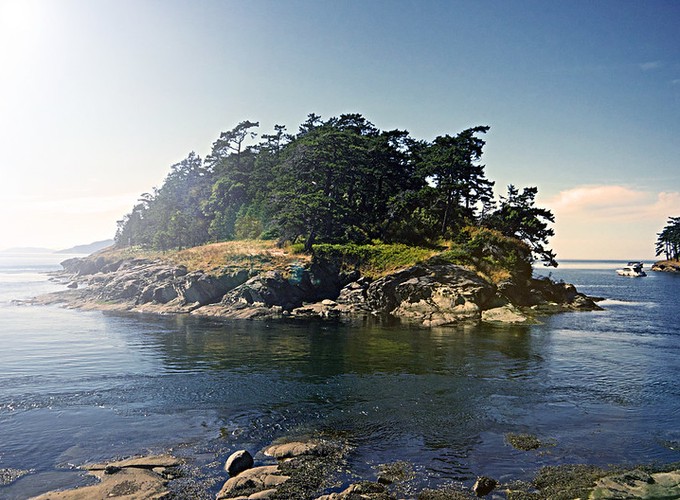Disturbance, including fluid forces via waves on rocky shores, is well understood as a community organizing and structuring force. Foundational concepts within ecology, such as Connell’s Intermediate Disturbance Hypothesis and Menge and Sutherland’s Competition/Predation/Disturbance model, recognize that communities exist within a complex mosaic of physical and biological disturbance. This mosaic presents challenges when measuring disturbance regimes since the scales, causes, and consequences of disturbance vary between systems. However, in the marine environment, substrate mobility represents an explicit measure of disturbance impact present across marine ecosystems. This project will determine how to measure substrate mobility on hard substrates through collaboration with USGS geologists. In addition, this research will investigate a mechanism for disturbance via substrate mobility on benthic organisms through lab experiments and use field surveys to compare patterns of substrate mobility with the distribution of benthic communities and species functional groups. Explicitly quantifying the realized movement of hard substrate in response to fluid forcing integrates hard substrates into the already well understood sediment disturbance paradigm. This results in a universal framework of marine disturbance that is potentially revolutionary as it allows for comparative questions spanning a huge diversity of marine ecosystems, from coral reefs to the abyssal plain. This mechanistic framework provides a new connection between the disciplines of geomorphology and marine ecology. This project is funded by the National Science Foundation Award 2126729.
 San Juan Island National Monument Image via BLM
San Juan Island National Monument Image via BLM